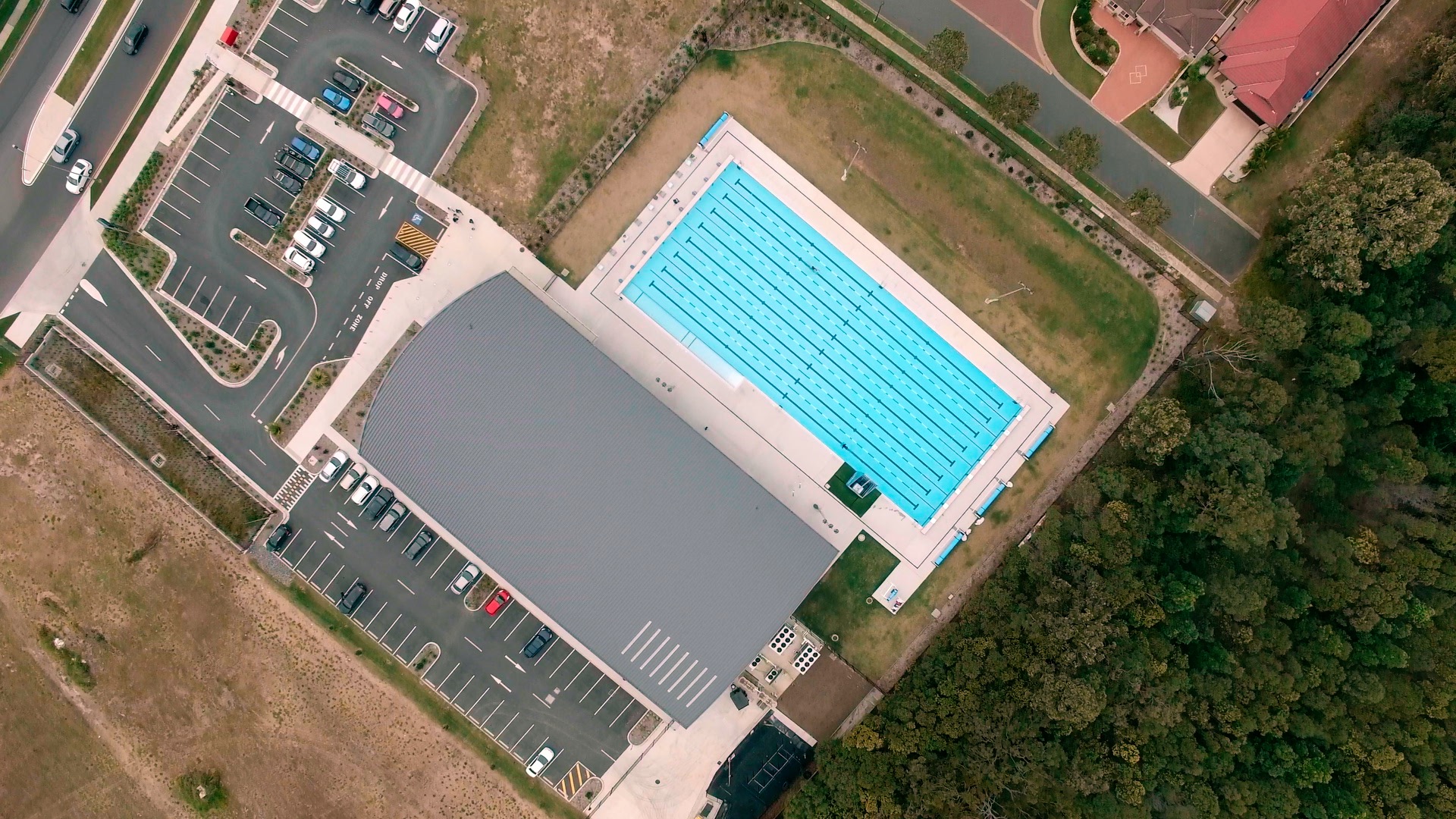Published 16 June 2023
HELPING COMMUNITIES SAVE ENERGY OPPORTUNITY FOR AQUATIC FACILITIES

Royal Life Saving Society – Australia has welcomed the new Community Energy Upgrades Fund which seeks to partner with local government and community groups to deliver energy upgrades and bill savings for aquatic facilities and other community, sporting and cultural facilities.
The program announced by the Australian Government today, will provide $100 million to co-fund energy upgrades with local councils and has the potential to unlock over $200 million in high-impact energy upgrades to save community facilities on bills over the medium and long term.
The program could include upgrades like replacing energy-intensive heating in council pools with heat pumps and energy efficient lighting and battery storage.
Speaking of the fund, the Assistant Minister for Climate Change and Energy, Jenny McAllister said local governments are on the front line of combating climate change.
“More than 1,000 council pools in Australia are owned or operated by local government. They're big energy users and efficiencies can make a real difference on the path to net zero.”
Royal Life Saving Society – Australia has been working with National Aquatic Industry Committee to better understand the challenges, including energy efficiency, being faced by the aquatic sector.
The Royal Life Saving State of Aquatic Facility Infrastructure Report 2022 found that across Australia, 500 pools will reach their end-of-life by 2030, with $8 billion required to replace them.
Royal Life Saving Society – Australia General Manager – Capability & Industry, RJ Houston encouraged local governments and community groups to leverage this Australian Government program and prioritise energy upgrades for community pools.
“Royal Life Saving knows that local government, particularly in regional and remote areas, has struggled to find the funding to keep up with increasing energy costs and facility upgrades, but that it is motivated to a play a positive role in mitigating against climate change,” Mr Houston said.
“Increasingly we are seeing local governments play a frontline role in climate-related disasters while simultaneously having to consider closing their pools all together as they face significant investment for repairs, or outright replacement.
“Aquatic facilities are a key contributor to drowning prevention and water safety activities, particularly in regional and inland locations, and are a key contributor Australian Water Safety Strategy 2030 objectives.
“From a social, health and economic perspective aquatic facilities make an enormous difference to the communities and represent hugely positive returns on investment.”
Local Government and Aquatic Facility Management representatives on the National Aquatic Industry Committee have voiced concerns about rising energy costs, and the need for support to make the transition to an energy efficient future.
Royal Life Saving will continue to work with stakeholders on further developments regarding this initiative.
Further information is available at https://www.pm.gov.au/media/helping-communities-save-energy-save-energy-bills
About Royal Life Saving
Royal Life Saving Society – Australia’s research, education and advocacy work in drowning prevention and water safety is supported by the Australian Government.
The Australian Government has a longstanding agreement with Royal Life Saving Society - Australia to engage with, develop and provide services to the Australian aquatic industry.
Royal Life Saving established the National Aquatic Industry Committee to lead the research, review and development of the Guidelines for Safe Pool Operation and the Aquatic Industry Strategy.
